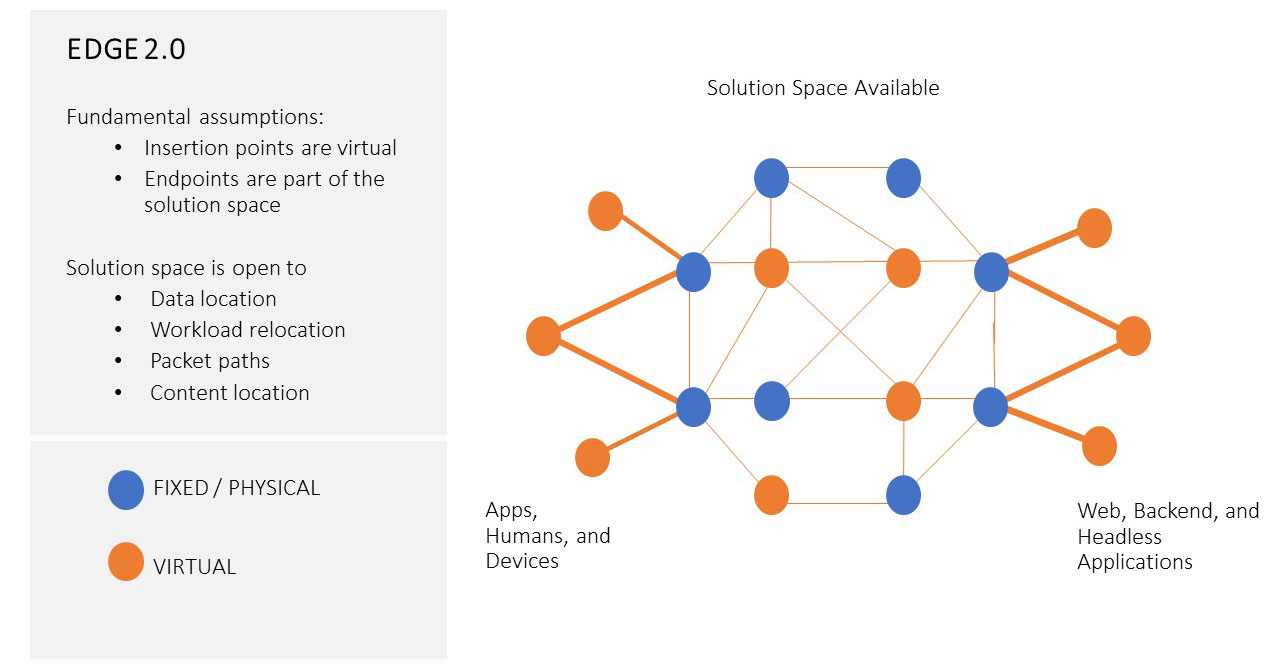待望のエッジユースケース
インターネットでの成功は常に猫の動画と正の相関関係にあり、エッジも例外ではありません。
事後的な誤謬を犯していると非難されないように、猫の動画がエッジの成功の重要な指標であるという点については、私は部分的にしか真剣に考えていないと言わせていただきます。 この論理的誤謬を知らない人でも、「世界の海賊の減少が地球温暖化を引き起こしている」ことを証明する悪名高いグラフからそれを認識できるかもしれません。( Data Science Central ) この誤謬は、「相関関係は因果関係を証明しない」というキャッチーなフレーズに一部起因しています。
それでも、インターネットで簡単に検索すれば、マーケティング、ソーシャル メディア、一般的な顧客エンゲージメントに猫の動画やミームを活用することを推奨する記事、ブログ、動画の充実したインデックスが見つかるということを指摘しておきます。
おそらく猫の動画は例外でしょう。
いずれにせよ、私は猫の動画を使って Edge の使用例を説明するつもりです。
私の猫を探す
まず、あなたが住んでいる地域には多数のビデオドアベルが設置されている可能性が高いことを考慮してください。 2020年時点で、米国の全世帯の16%がこれを使用していると推定されています。
使用されているドアベルの40%はAmazonのRingが占め、次いでGoogleのNestが24%となっている。 Vivint、Remo、August、SkyBell、SimplySafe など、その他のブランドは、使用されているドアベルのそれぞれ 10% 未満を占めています。 Strategy Analytics 社は、現在、米国の 2,000 万世帯以上がビデオドアベルを使用していると推定しています。 (ビジネスワイヤ、2020年2月13日)
あなたの猫が逃げ出したとしましょう。 猫ってそういうものなんだから。 今日はそれらを見つけることができず、おいしいおやつもその魔法を効かせません。 近所にあるすべてのビデオドアベルの力を活用して猫を見つけることができると想像してみてください。
猫を含む物体を識別する機能は、機械学習の一般的な使用例です。 研究によれば成功率が高く、その使用は生態学、野生生物学、動物学、保全生物学、動物行動学の分野で幅広く応用されています。
迷子の猫を探し出してみませんか?
これらのカメラからのデータ(ビデオ)が自動的かつ低コストで集約されれば、カメラを検索して猫を特定するのはかなり簡単な作業になるでしょう。 さらに、このようなビデオから位置を抽出できるため、猫がどこにいるかをすぐに知ることができます。
現時点での課題は完全に技術的なものではありません。 これらはビジネス上の課題であり、さらには社会(プライバシー)上の課題でもあります。
こうした課題にもかかわらず、過去数年間のテクノロジーの変化を考えると、エッジはそのようなソリューションに適した環境にあります。 機械学習と AI の成熟度が高まり、エッジでのコンピューティングが強化されることにより、エンドポイントとエッジ コンピューティングを新しい方法で組み込む機会が生まれます。
エンドポイントはソリューションの一部です
エンドポイントがソリューション空間の一部であるというこの概念は、エッジ コンピューティングを再定義する必要があるという私たちの信念の根拠となる前提の一部です。

クラウド コンピューティングが、アイドル状態のコンピューティングを活用してサービスに変えることができるという認識から最初に生まれたのと同様に、エンドポイントとエッジのノードのアイドル状態のコンピューティングと処理能力も、新しい興味深い目的に活用できます。 猫を見つけるようなものです。
最小のデバイスと統合できるフォーム ファクターで最適化されたコンピューティングを提供するインフラストラクチャのルネッサンスにより、このアイドル コンピューティングは増加しています。 GPU と DPU の画期的な進歩は、エッジでアプリケーションを配信、配布、最適化する新しい方法を模索する当社の社内イノベーション プロジェクトの一部です。
エンドポイント(カメラ、電話、ドアベル)には、通常、私の最初のコンピューター、最初のゲーム機、さらには最初の「スマートフォン」よりも多くの計算能力が含まれています。 彼らは受動的なプレーヤーではなく、解決策の一部となる能力を持っています。 残っているのは、プライバシーを適切に尊重し、セキュリティを確保し、より大きなリソースプールの一部として機能できるプラットフォームにそれらを組み込む手段だけです。
さて、ビデオドアベルをベースにした、近所の猫をリアルタイムで探すサービスが実際に開発されるのでしょうか? おそらくそうではないでしょう。 しかし、すでに何百台もの公共の防犯カメラの映像を人力で確認していることを考えると、このコンセプトは妥当であると言えます。 機械学習と AI はコンピューティングの力を活用して、盗まれた車、誘拐された子供、さらには迷子の猫を探すためのビデオの確認など、人間のプロセスを自動化し、拡張します。
こうした検索をリアルタイムで実行できると想像してみてください。
それが、私たちがEdge 2.0 と呼んでいるプラットフォームで実現可能だと考えている機能です。
